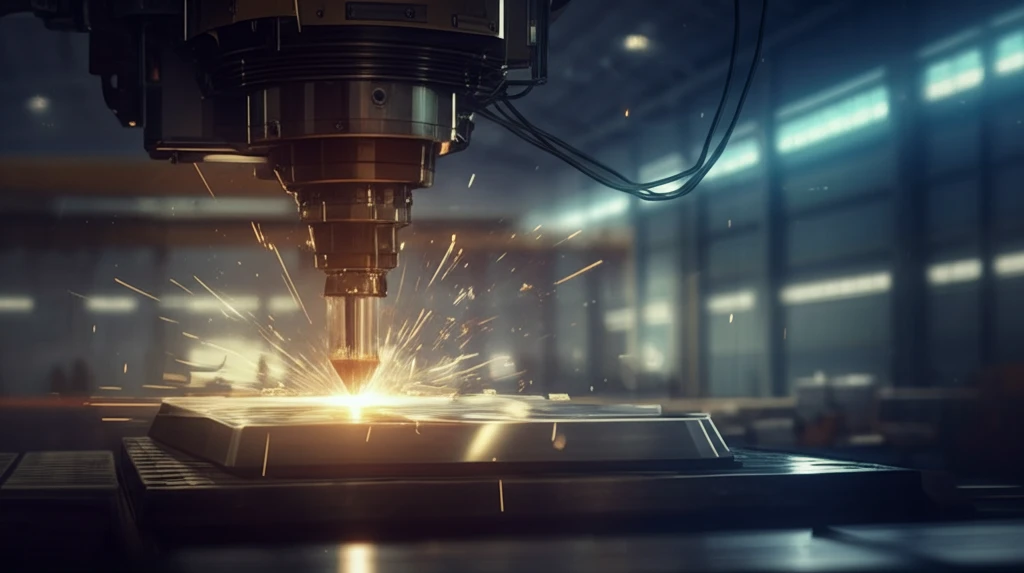
Friction Stir Welding: The Future of Joining Aluminum?
"Explore how friction stir welding (FSW) is revolutionizing the way we join aluminum alloys, making it stronger, more efficient, and environmentally friendly."
In an era where sustainable and efficient manufacturing processes are paramount, friction stir welding (FSW) is emerging as a revolutionary technique for joining metals, particularly aluminum alloys. Unlike traditional welding methods, FSW offers a clean, energy-efficient, and high-performance alternative that is rapidly gaining traction across various industries.
FSW, developed in 1991 by The Welding Institute (TWI) in the UK, is a solid-state welding process that uses a rotating tool to generate frictional heat and plastic deformation at the joint interface. This process creates a strong, defect-free weld without melting the base materials, resulting in superior mechanical properties and reduced environmental impact.
This article delves into the fascinating world of friction stir welding, exploring its principles, advantages, and applications in joining dissimilar aluminum alloys. We'll examine how key process parameters affect the mechanical properties of the weld, and why FSW is poised to become the future of aluminum joining.
What Makes Friction Stir Welding the Superior Choice for Aluminum Alloys?

Traditional welding methods often fall short when it comes to joining aluminum alloys. Fusion welding, for example, can introduce defects like porosity and cracking, and it often requires extensive post-weld treatments. FSW overcomes these limitations by:
- Eliminating Melting: FSW operates below the melting point of the materials, preventing the formation of cast microstructures and associated defects.
- Reducing Distortion: The lower heat input minimizes thermal distortion and residual stresses, resulting in dimensionally stable welds.
- Improving Mechanical Properties: FSW welds typically exhibit higher tensile strength, fatigue resistance, and ductility compared to fusion welds.
- Enhancing Efficiency: FSW is an energy-efficient process that requires no filler metals or shielding gases, reducing costs and environmental impact.
- Versatile Applications: FSW can be used to join a wide range of aluminum alloys and other metals, making it suitable for diverse industries.
The Future of Aluminum is Welded with Friction
Friction stir welding is transforming the landscape of metal joining, offering a powerful, efficient, and environmentally conscious alternative to traditional methods. As research and development continue to refine FSW techniques and expand their applications, the future of aluminum joining looks brighter than ever.
